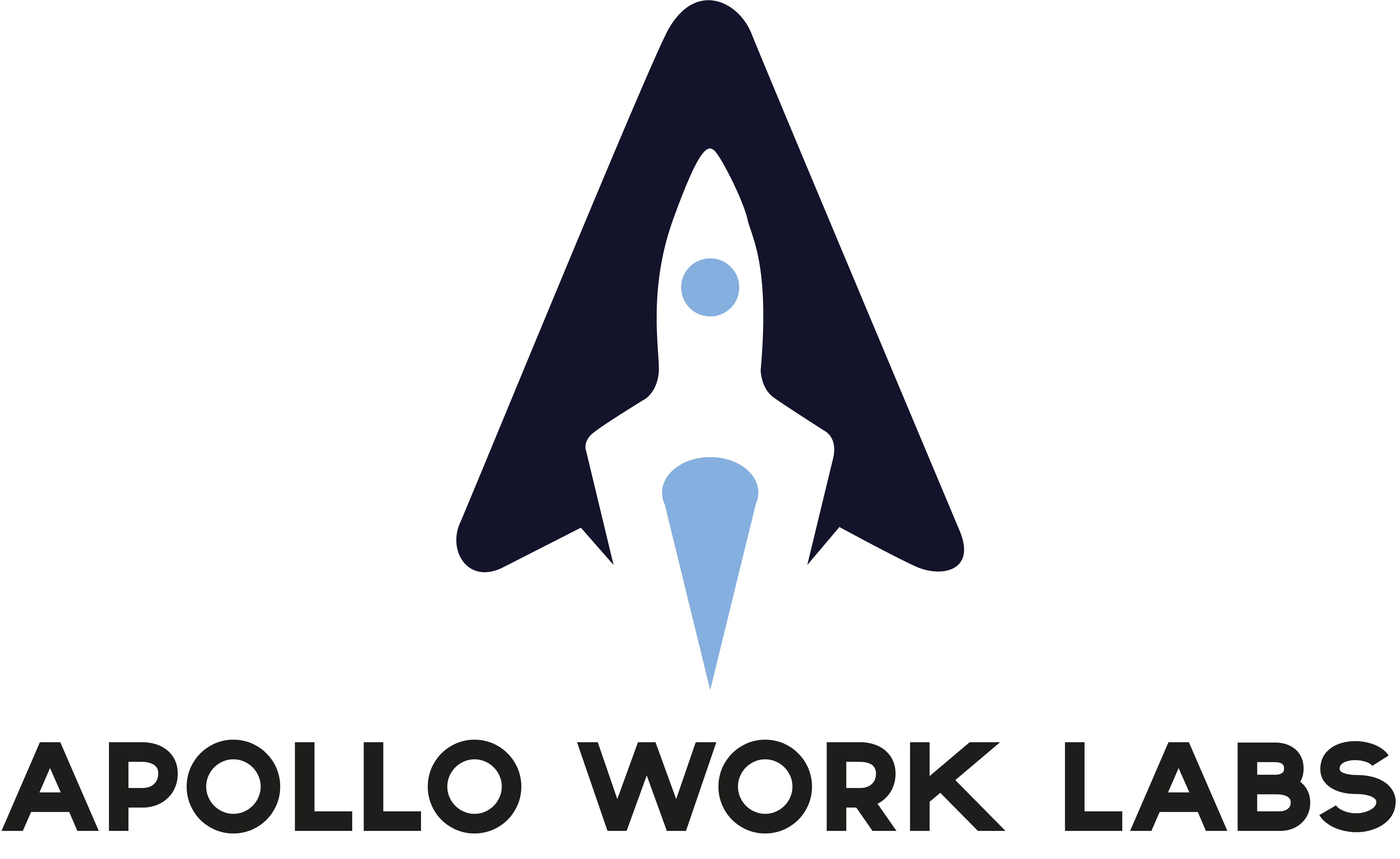Statutory services like the NHS, Police, and Local Authorities face complex project management challenges, from budget constraints to regulatory compliance. Managing these projects effectively is crucial to deliver high-quality public services. Smartsheet offers a powerful, flexible platform that transforms project management for statutory services by enhancing visibility, collaboration, and accountability across teams and departments.
Smartsheet’s cloud-based platform allows statutory bodies to standardise their workflows, automate routine tasks, and centralise information. This increased visibility helps project managers track progress and adjust timelines in real-time, significantly improving efficiency. A case study by Smartsheet illustrates how its software has helped public sector organisations reduce project delays by up to 40%, contributing to improved public service delivery.
In statutory services, the stakes are high. Delays in project delivery can lead to public dissatisfaction or even legal consequences. Smartsheet helps mitigate these risks by offering features such as customisable dashboards, real-time collaboration tools, and automated workflows. These features ensure that all team members are on the same page, tasks are completed on time, and project goals are met efficiently.
This transformation is particularly beneficial in public sector environments, where coordination between multiple departments is often required. Smartsheet allows for cross-departmental collaboration, ensuring that project updates are seamlessly shared across various teams, improving overall communication and project outcomes.
Compliance and Reporting
Another significant benefit of Smartsheet for statutory services is its ability to handle compliance and reporting effortlessly. Given the stringent regulatory requirements faced by public services, the ability to easily track and report on project activities is essential.
According to a 2023 report on government technology, many public sector organisations have adopted cloud-based tools like Smartsheet to meet compliance standards, simplify reporting, and ensure transparency in spending (Similarweb). Smartsheet’s robust reporting tools allow managers to generate audit trails, project timelines, and resource allocations with just a few clicks. This level of transparency ensures that organisations are compliant with regulations, avoiding costly penalties.
Smartsheet’s automated reporting tools allow project managers in statutory services to generate detailed reports for stakeholders, auditors, and governing bodies. This ensures transparency and accountability, which are critical in public sector project management. Additionally, with built-in compliance tracking, organisations can ensure that their projects adhere to local and national regulations, further reducing the administrative burden(Databox).
By simplifying the compliance process, Smartsheet helps statutory services focus on what matters most: delivering essential services to the public. The reduction in manual reporting processes allows teams to allocate more time and resources to core activities, such as healthcare delivery or community safety initiatives.
Collaboration
Smartsheet also excels in fostering collaboration, an essential element in successful project management within statutory services. The need for multiple stakeholders, including external contractors and internal teams, to work together seamlessly makes collaboration tools indispensable.
A report by TechRepublic highlights that cloud-based project management tools like Smartsheet improve collaboration between geographically dispersed teams, a common situation in statutory services(Conor Martin). Features such as shared dashboards, Gantt charts, and task assignments keep all stakeholders informed and engaged, even in large, complex projects involving various departments.
For statutory services, projects often involve multiple stakeholders, including government bodies, service users, and the general public. Smartsheet’s collaboration tools ensure that all relevant parties have access to up-to-date information, which is crucial for the success of any large-scale public project. Additionally, Smartsheet’s mobile access ensures that on-the-ground teams, such as healthcare workers or police officers, can stay informed and update progress remotely(Happily Marketing).
This enhanced collaboration ensures that tasks are completed efficiently, with fewer miscommunications or delays. In public service projects, where timelines are often critical, having a collaborative tool like Smartsheet can significantly reduce bottlenecks and streamline operations.
Integration
Smartsheet’s ability to integrate with other systems commonly used by statutory services further enhances its transformative impact. Many public sector organisations rely on legacy systems or specific industry tools, making seamless integration essential for efficiency.
Smartsheet offers integration with popular tools such as Microsoft Office, Google Workspace, and Jira, ensuring that statutory services can leverage existing systems while enhancing their project management capabilities. This integration enables public sector teams to work without disruption, combining the strengths of their existing platforms with the advanced capabilities of Smartsheet.
For statutory services, the need to adopt new technologies often competes with the challenge of maintaining legacy systems. Smartsheet solves this issue by offering seamless integration, allowing organisations to continue using their familiar tools while reaping the benefits of advanced project management features. For example, teams can automate workflows involving both Smartsheet and Microsoft Outlook, streamlining communication and reducing administrative overhead.
The flexibility and integration options that Smartsheet provides make it an ideal solution for statutory services, enabling them to modernise their project management processes without disrupting existing workflows(Databox).
Conclusion
In conclusion, Smartsheet transforms project management for statutory services by improving visibility, automating compliance reporting, fostering collaboration, and integrating with existing tools. These features not only increase efficiency but also ensure that statutory services can meet their obligations to the public in a timely and transparent manner.

